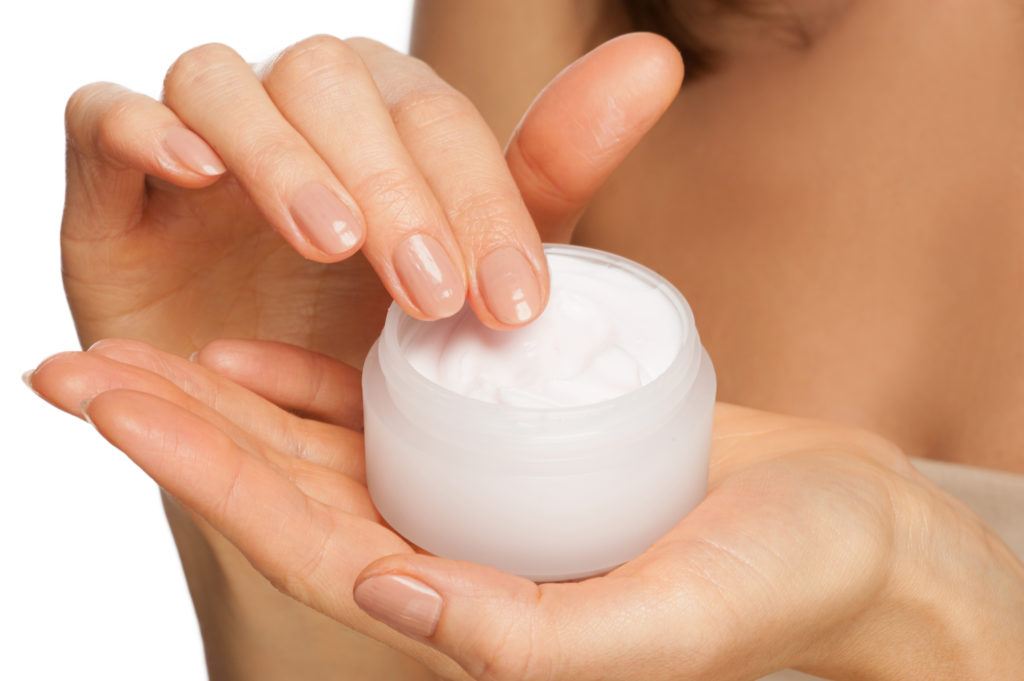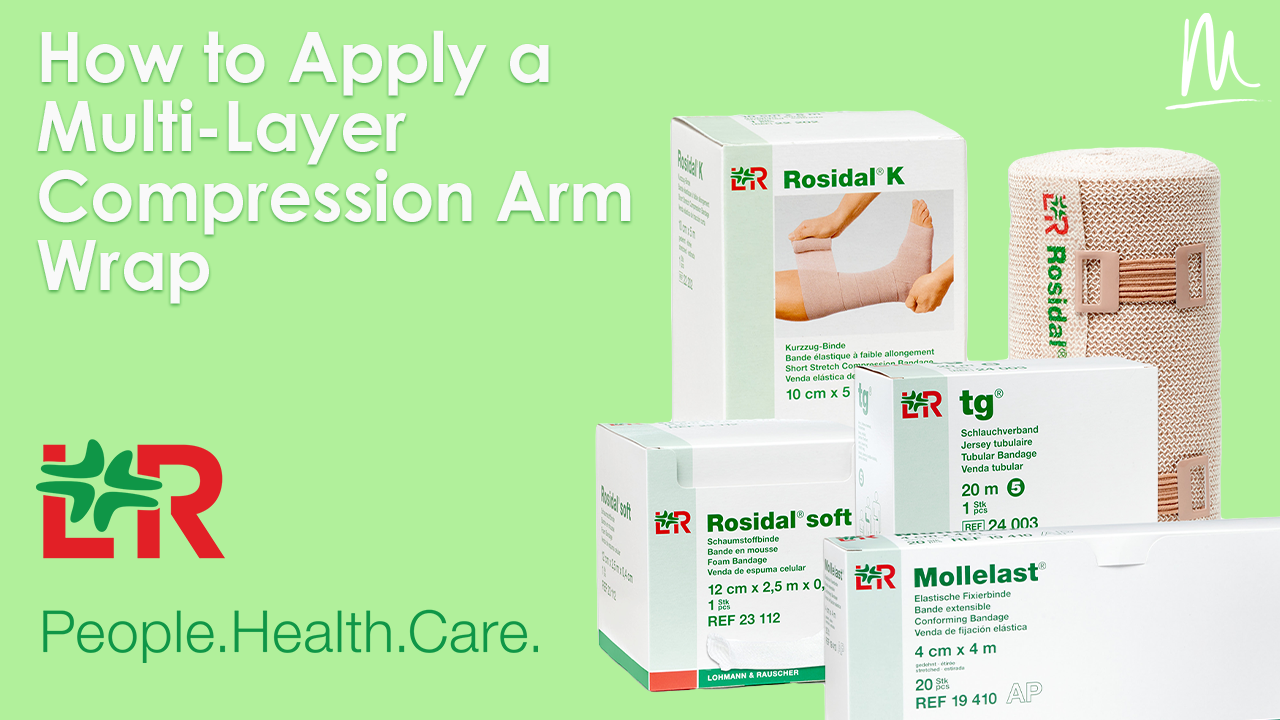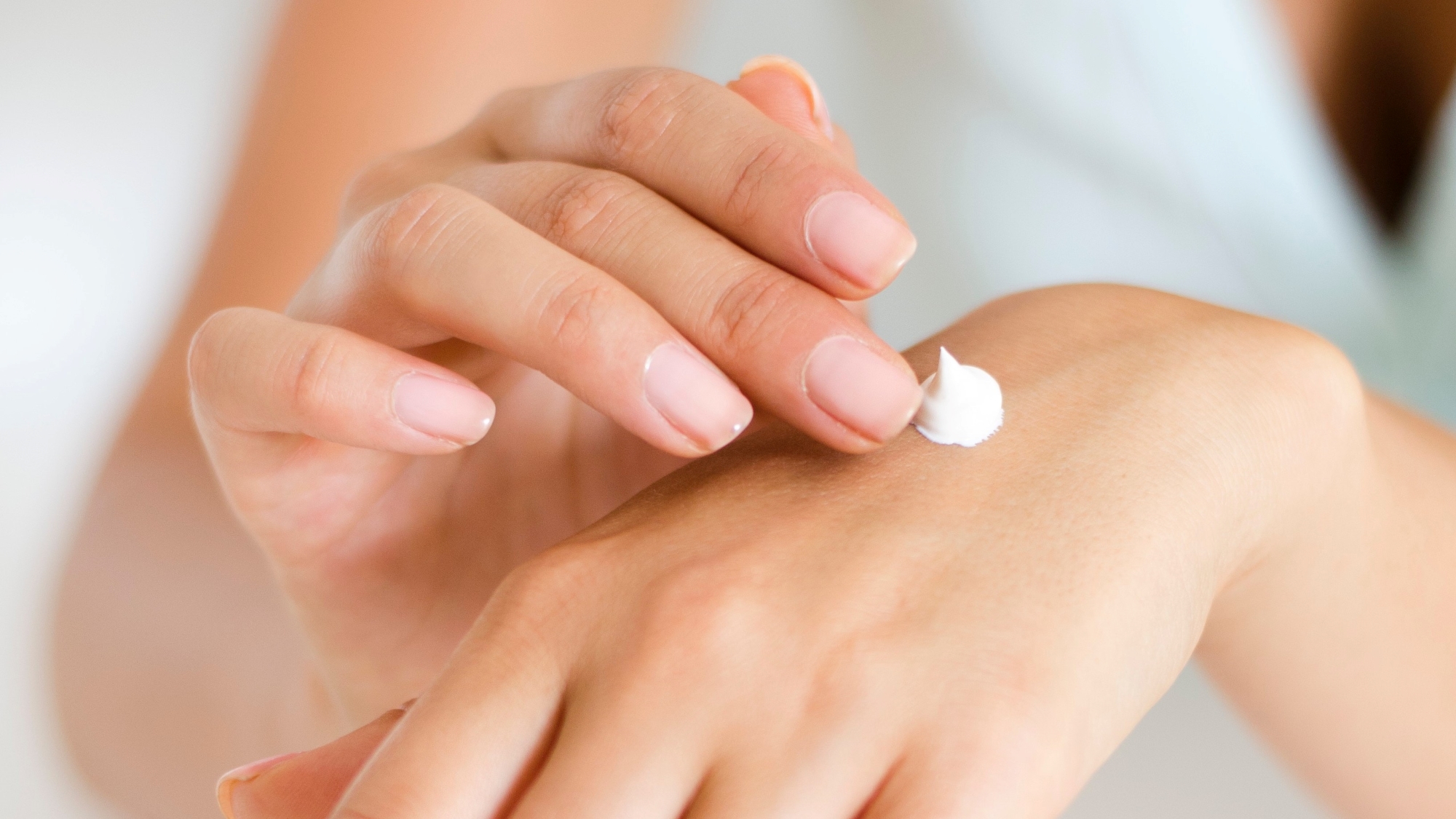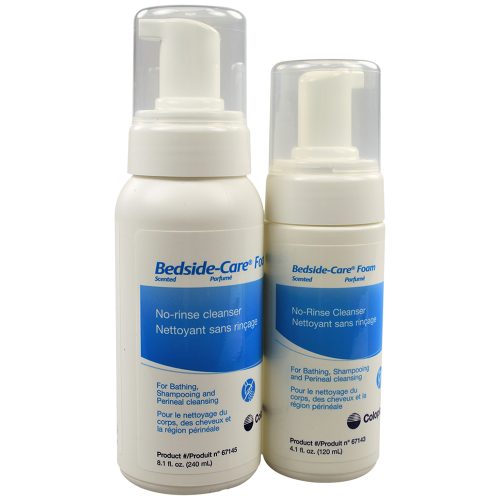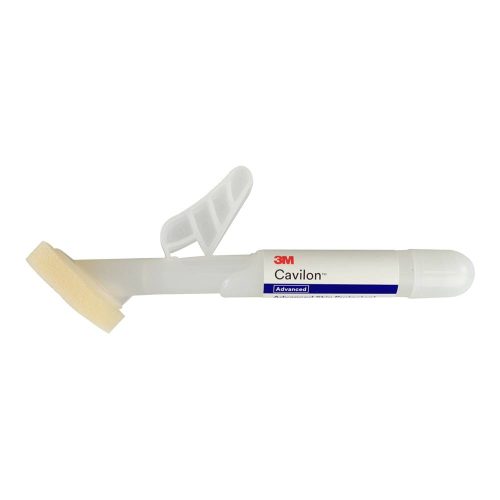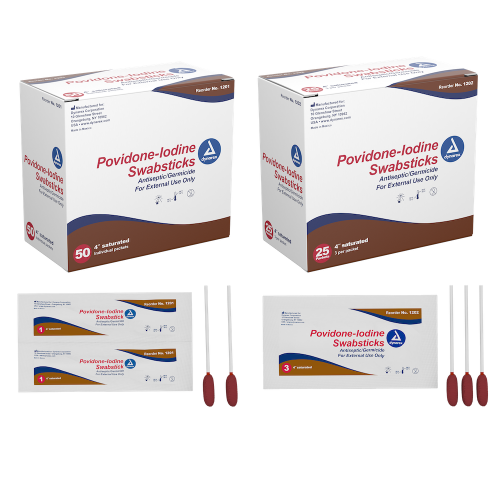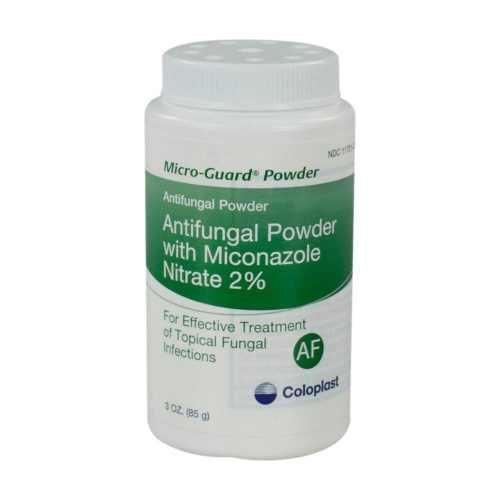As a cancer patient undergoing radiation treatment for your condition, you may develop skin issues along the way. These skin issues can be quite painful, but that isn’t the worst of it. Without proper treatment, they can lead to secondary issues and infections that put your health at even greater risk.
It is important for you to know that radiation dermatitis is common for oncology patients undergoing radiation treatment. Nearly 3/4s of all oncology patients will receive some form of radiation therapy, according to OncoLink. Of those, nearly 95 percent will experience radiation dermatitis. Further, 87 percent of these cases will be classified as moderate to severe.
What is Radiation Dermatitis and the Skin Conditions Associated with It?
The term radiation dermatitis refers to skin conditions associated with radiation treatment for various forms of cancer. While all radiation treatments seek to limit exposure of radiation to healthy tissue, and healthy tissue is known to repair itself from limited radiation exposure, the repetitive nature of radiation treatments limits the skin’s self-healing abilities, leaving damaged skin in its wake.
Some of the types of damage associated with radiation dermatitis include:
- Localized or patchy reddening of the skin (erythema)
- Skin shedding (desquamation)
- Skin fibrosis
- Dry skin
- Itchy skin
- Pitting edema
- Skin necrosis
- Capillary dilation
Radiation dermatitis most commonly occurs in and around folds in the skin. This can include the areas behind the ears, under the arms, under the breast in women, abdominal folds, etc. as Wound Source describes. Wound Source notes that areas where the skin is thinner are also vulnerable. This includes the neck and forehead, among other areas.
The pain and embarrassment associated with radiation dermatitis can have a significantly negative effect on your quality of life, especially when you are already going through so much.
You may have even discontinued or made changes to your radiation therapy in order to avoid additional radiation dermatitis. This is typically not an advised decision as it leaves the cancer free to grow and worsen.
Problems and Solutions for Treating Radiation Dermatitis
Unlike so many other wounds, there are special circumstances regarding radiation dermatitis that limit the treatments that can be used to treat it. The nature of the commonly prescribed wound medications would negate some of the radiation benefits or the skin’s natural attempts to heal itself. For instance, antimicrobials that are often prescribed to treat wounds, cannot be used to treat radiation dermatitis as they will interfere with the growth of new cells.
Preventative “cheat sheet” measures to minimize the effects of radiation dermatitis include:
Since we know there is a substantial connection between receiving radiation treatment and developing radiation dermatitis between the second and third week of treatment, it is wise for you to take preventative measures to prevent, or at the very least, minimize the effect radiation dermatitis is likely to have on you, like these:
- Wearing loose fitting clothing made of breathable fabrics.
- Avoiding potential skin irritants such as ice packs, hot water battles, and heating pads.
- Discontinuing the use of soaps and body washes that have heavy fragrances or harsh chemicals.
- Avoiding rubbing your skin.
- Skipping antibacterial soaps, scrubs, and hand sanitizers.
- Applying sun protection liberally. Only wearing approved sunscreen products, however, and limit skin exposure to the sun.
- Using only wound dressings without adhesives.
- Consulting with your physician about oral and topical medications for treating the affected areas of skin and antibiotics for any skin that may be infected.
The above are preventative measures designed to increase comfort once symptoms of radiation dermatitis begin to set in, according to American Family Physician.
Viniferamine® Small Molecule Technology for Radiation Dermatitis
Radiation dermatitis can also be managed using Viniferamine® Small Molecule Technology and help you to restore your skin for many months following your radiation treatment. Viniferamine ® At Home™ products is specifically designed for you to apply at home.
The benefits of Viniferamine® skin care products include that they:
- Enhance skin repair.
- Improve the skin’s barrier function.
- Combat oxidative stress.
- Fight inflammation.
- Are non-irritating and non-sensitizing.
- Contain small molecular skin nutrients.
- Include antioxidants, amino acids, and vitamins.
- Contain certified organic and pharmaceutical-grade ingredients.
Viniferamine® skin care products, along with a consistent care regimen, can help you manage radiation dermatitis. Shop for these Viniferamine® skin care products by clicking here.
Radiation Dermatitis Mitigation Factors
The best time to address the possibility of radiation dermatitis is before your radiation treatment. Viniferamine® suggests that the severity of radiation dermatitis can be mitigated by several factors including:
- Total radiation dosage
- Schedule of radiation dosing
- Quality (and type) of beam
- Surface area (and volume) of radiated tissue
- Nutritional status
- Skin quality
- Presence and quantity of obesity-related skin folds
Talk to your physician about how these factors impact your development of radiation dermatitis, and its severity.
Radiation Dermatitis Treatment Checklist
In order to reduce the severity of your personal symptoms of radiation dermatitis, it’s a good idea to do the following in the days and weeks leading up to your first radiation treatments.
For your convenience, here is your checklist for steps that you can take to reduce the pain and alleviate many of the symptoms associated with radiation dermatitis.
- Be prepared for radiation dermatitis before treatment begins.
- Have the right products on hand to offer effective treatment for radiation dermatitis, like the Viniferamine® At Home Radiation Skin Care Kit.
- Change your diet to one that is nutrient rich and will help get the right nutrients to help boost the skin’s ability to repair itself.
- Stop smoking.
- Try to take off some weight or tone muscles if you are obese or have skin folds that are attractive locations for radiation dermatitis.
- Use pH balanced soaps and cleansers.
- Be proactive by pampering your skin using appropriate soaps and lotions before wounds appear.
- Avoid sun exposure whenever possible with the use of appropriate clothing, hats, and sunscreen.
- Wear comfortable, loose fitting clothing in breathable materials that will not rub against the skin.
- Avoid rubbing and scratching your skin.
The bulk of care for radiation dermatitis will happen at home. Be prepared for that and ask questions of your physician or attending nurse before receiving radiation therapy so that you feel confident you understand the risks and can take steps to reduce and repair the damage radiation treatments cause to your skin.
FAQs / SAQs – Frequently and Should Ask Questions
These are questions that are commonly asked of physicians, and that you should consider asking your doctor before your radiation begins in order to take early steps to reduce some of the pain and potential embarrassment of severe radiation dermatitis.
What steps can I take to prevent radiation dermatitis?
The honest answer is that it is so prevalent among radiation therapy patients that preventing it is largely unlikely currently– at least by the time you know you need it.
Genetics, obesity, smoking, and skin exposure to the sun are all long-term factors that can impact the severity of the radiation dermatitis you are likely to experience though. The checklist above can help as well.
Is the risk of radiation dermatitis worth going through radiation therapy?
Radiation therapy is never ordered lightly. If your physician orders radiation therapy, he or she feels it is the most practical and effective treatment option available to you. That being said, it is always wise to consider your options and weigh the pros and cons of each when treating against something as serious as cancer.
Are there illnesses and diseases that might increase my risk of RD?
There are several conditions that may make you more susceptible to radiation dermatitis, including diabetes mellitus, genetic disorders affecting the DNA of the epidermis, diseases like HIV, connective tissue diseases, and chromosomal breakage syndromes, among others.
Here at MEDICAL MONKS, we understand that radiation dermatitis can be both physically and emotionally painful for you. We believe that offering educational information about what radiation dermatitis is and solutions for treating it may help reduce any concerns you have about it. We are here to help with any concerns about radiation dermatitis condition and how Viniferamine can help, so be sure to visit our website at Medical Monks or call us at 844-859-9400.
About the Author – The Product Specialists of Medical Monks contributed this article. Medical Monks is medical supply retailer serving consumers and businesses across the United States. Reach our Specialists at customercare@medicalmonks.com.
